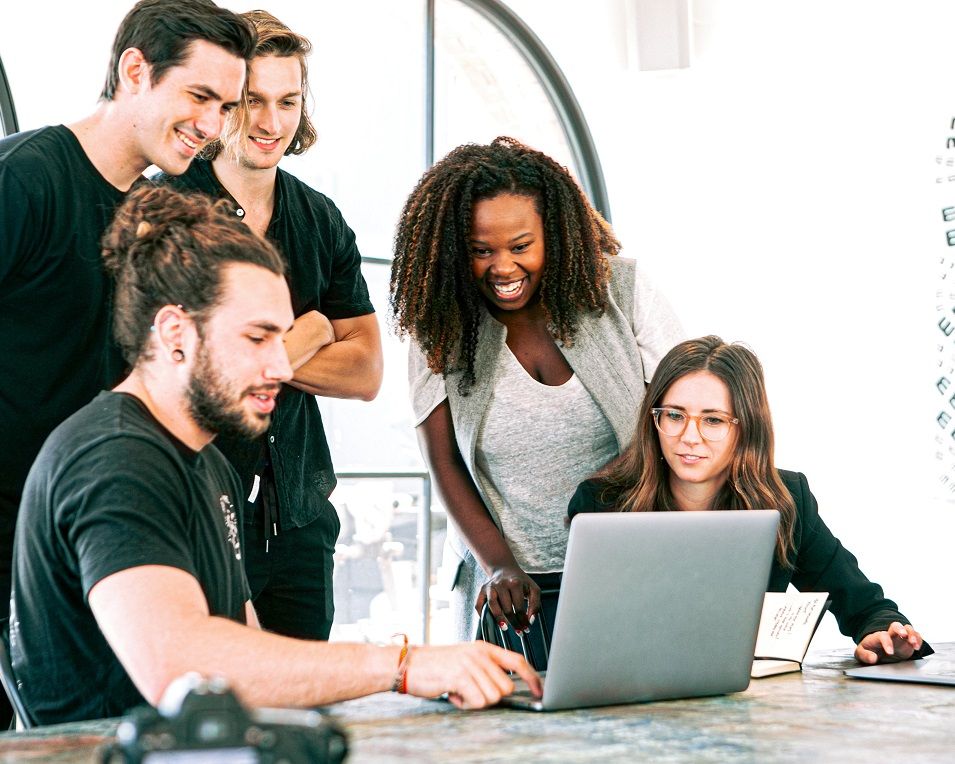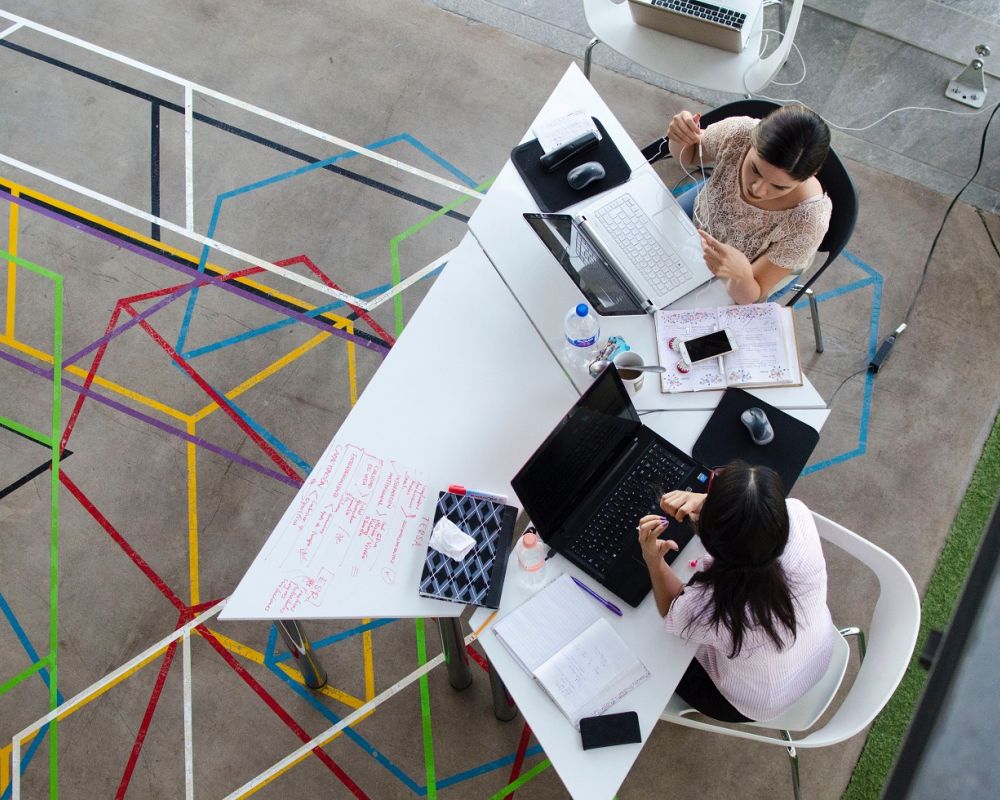3 Must Know Tips To Improve Workplace Culture

Karl Simity

Improving Workplace Culture
If you’re reading this article, then there’s a good chance that you work in an office. One of the most important yet most regularly overlooked aspects of office life is work culture. Work culture refers to the way your work environment contributes to the social atmosphere of your office. In short, they’re two very closely related concepts. When thinking of your work culture – is it peaceful, laid-back, stressful or even isolating? Is the majority of work done by individuals sitting at desks, or are a lot of projects done by groups sitting around a table? There are many factors that affect workplace culture that can massively influence the way work takes place in the office environment. While no workplace culture is objectively better than any other, it is good to keep an open mind and make changes if you see opportunities for improvement.

The 'Open Plan'
The open-plan office is one of the most commonly used plans throughout the professional world. With many people sharing a room where they all have their individual spaces, it has many benefits in both a professional and motivational manner. Having an open space means that the costs of running and maintaining an office space are significantly lower due to the fact there is less need to build walls, and with it, the commodities such as lighting and plumbing. Communication is a lot easier in open spaces both between colleagues and within teams.

Activity Based Working
A new way of looking at the workplace is “activity based” working, which has seen a lot of growth over recent years. Instead of individuals having their own set space to work in, different tasks are done in different areas. This could be a design room, a room for writing, a room for conversation, and a room for meetings. The opportunities are endless and can be customised to suit your business. Although this is a great way of working it isn’t necessarily for everyone. Consultancies, graphic design companies and software houses could all benefit from this style of working as it allows groups of people working on similar parts of a project to use the same space which will, in turn, act to influence each other’s work for the better. If you do consider this style of work then it has to be a decision based on boosting productivity and not through popularity.

Office Workplace Colour
Another thing to consider when designing an office space for better work mentality is colour. Colour can have a huge impact on the way in which we work and how we feel, and is something that impacts us on a subconscious level. When you look at popular social media sites such as Facebook, Twitter and LinkedIn there is a common theme running through them - the colour blue. Blue is a relaxing, so when we use these sites it is much easier for us to forget about other work that we should be doing. When designing an office, you are looking to boost productivity and one way of doing this is to use bright and vibrant colours. These colours reinforce positivity and enable the people who work there to remain constantly motivated.

Office Fitout Asthetics
Although a fitout may seem trivial it can have a very large effect on the productivity, attitude and general morale of your office when used in the right place. Fitout refers to the equipment used which could mean having an unconventionally shaped desk, having a set of desks in a circle, having large windows to allow in a lot of natural light or even having different lampshades. Being surrounded by a nice office fitout can put you in a positive mood, resulting in increased productivity throughout the day.
The more thought and planning that goes into an office fitout, the better the office culture will be. Of course, you’re running an office not an art gallery but that doesn’t mean that aesthetics shouldn’t be a large part of your consideration and planning. When it comes to office fitouts, there’s no such thing as a one-size-fits-all design. There will be many factors that affect the overall layout of the office. Managerial style, type of office, culture and many other factors will have an impact on this but the best way of looking at it is to manipulate your office to suit you and your colleagues.


